Is anyone having deja vu?
Every time a new marketing tactic becomes more mainstream, marketers and researchers inevitably wonder if it has peaked and started to lose its effectiveness.
We’ve seen this before with SEO, email marketing, Facebook marketing, and many others.
It’s a fair question to ask, though.
After all, each year brings new trends in marketing, and some tactics can go out of style. It’s worth examining different approaches to see if they’re still effective.
The tactic we’ll evaluate today is influencer marketing.
Though influencer marketing has been around for a very long time, it has only become a popular marketing tactic in recent years.
With the influx of social media in 2004, influencer marketing exploded and became a lot more prevalent.
Now, fast forward 14 years later.
Influencer marketing has seen some incredible successes and even a few massive failures.
That’s why we need to take a closer look at influencer marketing in 2018.
Should you continue to invest in influencer marketing, or is it dead?
The answer isn’t exactly a simple “yes” or “no.”
But recent data can help you decide if influencer marketing has staying power and if it is the right tactic for your brand to implement in 2018.
The complex current state of influencer marketing in 2018
Let’s dive right in.
I’m going to address the million-dollar question that everyone is asking:
“Is influencer marketing dead?”
Here’s the answer: not really.
But, I have to admit, its future is uncertain.
At the moment, marketers are continuing to focus on influencer marketing as a viable and essential marketing tactic in 2018.
In fact, in the survey below, marketers picked it as the “fastest-growing online customer-acquisition method” over organic search, email, paid search, and more.
There’s no questioning the popularity of influencer marketing, especially in recent years.
Marketers seem to be searching for new ways to involve influencers on a variety of campaigns.
And they’re investing in their influencer marketing campaigns, too. The influencer marketing industry is booming.
Projections show that marketers will spend $2.38 billion on influencer marketing on Instagram in 2019. That’s more than a $700 million increase from 2018!
But it doesn’t matter if marketers are fans of influencer marketing. We need to look at the data to see if it works.
Is it truly effective? Are you getting a bang for your buck?
The answer to both questions is still “yes.”
Data shows that influencer marketing is still providing marketers with a strong return on investment. Let’s take a look.
The data shows that influencer marketing generates $6.50 for every dollar a company invests. Approximately 70% of companies earn $2 or more for every dollar, and 13% of companies earn $20 or more.
That’s valuable.
But you might not always be so lucky.
If you look closely, you’ll see that 18% of businesses didn’t receive any return on investment at all. When you factor this into how much a campaign can cost, things can get a little pricey.
This is one reason that many marketers (including myself) wonder how long influencer marketing will remain a viable tactic.
Many factors make the future of influencer marketing uncertain, too.
First, the FTC introduced regulations to “improve disclosures” in 2017. This helps consumers understand which posts are promotional, even if they are coming from an influencer.
While the regulations are needed, additional ones may cause some brands to stray away from influencer marketing due to the risk of malpractice.
Plus, influencer marketing campaigns are starting to get more expensive.
Mid-range influencers with 50,000 – 500,000 followers can charge anywhere from $400 to $2,500 for a post.
Influencers with a following in the millions can charge between $30,000 and $187,500 per post.
With such a large investment in a single post, marketers are expecting a huge ROI.
But there’s only one problem:
Many don’t know how to accurately measure the ROI from their influencer marketing campaigns.
An overwhelming majority (76%) of marketers agree that the biggest challenge of influencer marketing is determining the ROI of campaigns.
How can you improve something if you don’t measure it? Worse yet, how can you even know if it’s working?
But the problem isn’t just with marketers.
Consumers are evolving, too.
The scale has tipped, and millennials are now trusting influencers less than they were in previous years.
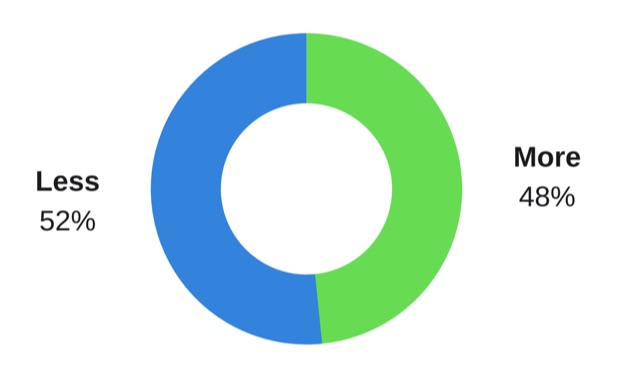
Can you blame them, though? After all, think back to the Fyre Festival influencer marketing gaffe.
Influencers including Kendall Jenner, Emily Ratajkowski, Whitney Fransway, and many others promoted the event. But it didn’t live up to expectations.
As a result of this failure, 94% of marketers stated they were “not likely” or “very unlikely” to seek out big-name influencers for future projects.
All of these factors play into the unstable future of influencer marketing.
As you continue with influencer marketing campaigns for now, you should also begin to test, expand, and optimize other areas of your marketing strategy.
Here are the alternatives to influencer marketing that you should be focusing on in 2018 to help accelerate the growth of your business.
1. Focus on experiential marketing for live events
Sometimes, it’s easy to forget there’s a whole world “out there.”
Your customers aren’t always online.
Live events can provide a unique touchpoint for your customers that influencer marketing can’t.
And they’re effective, too.
According to a recent study, “79% of brand respondents said they would execute more experiential programs this year compared to last.”
Take Clif Bar as an example.
They focused on creating an experiential marketing activation at Pitchfork Music Festival last year. Their activation included a tattoo parlor, photo booth, and more.
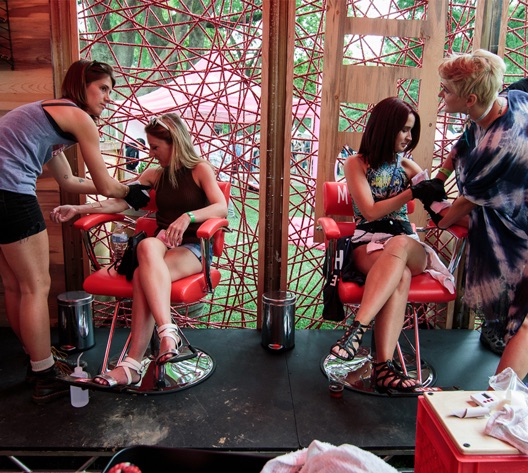
At the event, they distributed 26,000 CLIF bars, and one in 20 social posts with the tag #Pitchforkfest also featured the CLIF bar activation.
Live events provide a unique experience in real life, and their impact often expands onto social media.
HBO tapped into its live event playbook when they debuted their interactive Westworld event at the SXSW festival in Austin, Texas.
Participants boarded buses and went right outside the city limits for an immersive experience that brought to life the fictional Westworld town from the hit TV series.
The experience was highly detailed and highly personalized. Participants could get their picture printed on a western “Wanted” poster, which aligned well with the brand.
People constantly shared experience on social media during SXSW. It stole the show and earned 62% of the entertainment brand mentions at SXSW.
Live events are an important marketing tactic to help you connect with your customers in a meaningful and authentic way. Influencers simply can’t do that for you.
2. Invest in video content to share your company’s narrative
Video marketing isn’t just flashy, and it isn’t a fad.
It is here to stay, and it can drive serious growth for your business.
Most importantly, though, is that it is becoming mainstream and responsible for a bulk of Internet traffic.
According to estimates, video will make up more than 80% of all consumer Internet traffic by 2021.
Hopefully, you already use video as a part of your content strategy. If not, you’re going to fall behind soon.
In a recent survey, 49.5% of marketers said that video will be a focal point for their marketing.
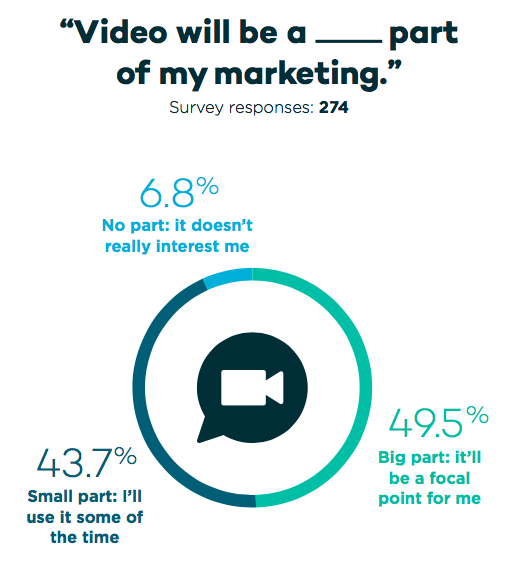
That’s nearly half of all marketers.
Now, I know what you might be thinking: “My influencer campaigns already use video, so I’m all set.”
Unfortunately, you’re wrong.
You’re missing the chance to focus on everyday people and create meaningful, evergreen content that showcases your brand’s values and embodies your mission.
You can’t rely on influencers to create content that resonates with your audience. You have to do it yourself.
After all, brands often miss opportunities to connect with their customers. A study found that 78% of people feel that brands never connect with them emotionally.
But LinkedIn recently did this well in a documentary-style integrated video campaign. They used the hashtag #InItTogether for it.
Eszylfie Taylor turned his past sales experience into a lesson in life. The more he gives people, the more he gets back. He’s in it to share the wealth. https://t.co/UNiC2JJiF1 #InItTogether pic.twitter.com/5WyqE4ij1l
— LinkedIn (@LinkedIn) January 18, 2018
Campaign Director Stacy Peralta talked about the impact of the campaign. She said, “I knew from the first reading of the boards that this was one of those rare opportunities.”
She added, “They asked us to tell real stories about real people, they wanted it shot in black and white, and they wanted energy, enthusiasm and candor from the people involved.”
That campaign generated great content for LinkedIn to share with their audience.
But where should you share your video content after you finish creating it? Well, consumers watch and engage with branded content in different ways on different platforms.
It’s important to know which works best for your business, but here are some generalizations across all social platforms for consumer viewing and engagement habits:
As you can see, Facebook has the highest viewership as well as engagement numbers (60% and 49%, respectively), while Twitter has the least (41% and 22%).
The interesting part, though, is that there is only a 2% difference in viewership among the top three platforms: Facebook, Instagram (Video), and Snapchat. YouTube and Twitter fall close behind.
On the engagement side of things, it is much different. Facebook is the clear winner (49%) with YouTube (32%) coming in second. That’s a 17% difference.
So that gives you an idea of where you should be sharing your content. But now, you might be wondering how long your videos should be.
Thankfully, there is data to support the ideal length, and the conclusions are clear as day. Here’s the basic principle:
Make them short.
Approximately 56% of all videos that use
source https://blog.kissmetrics.com/is-influencer-marketing-dead/
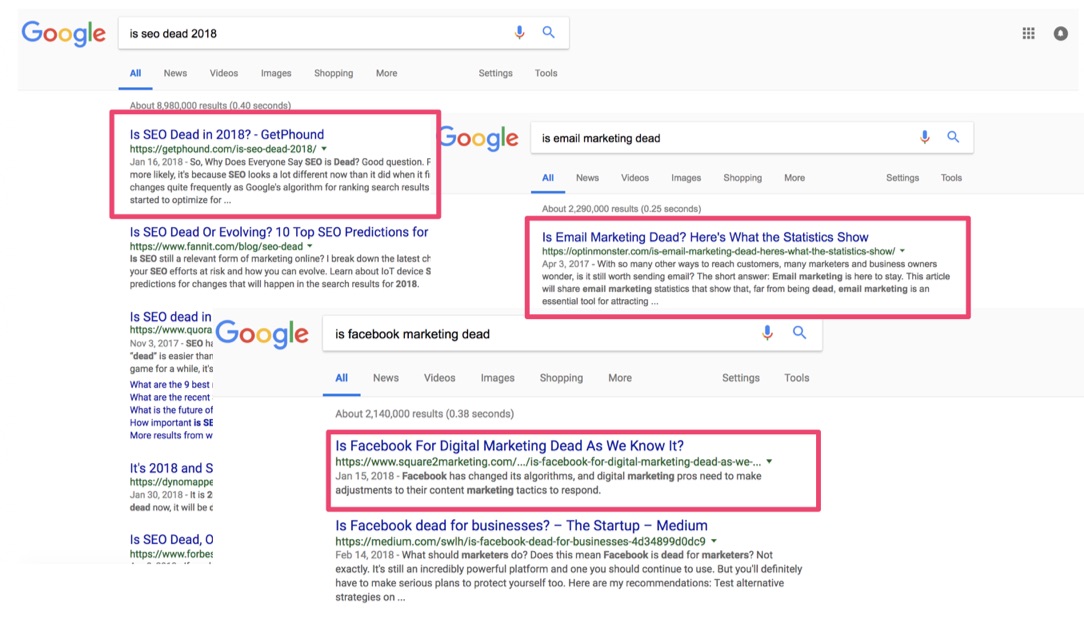
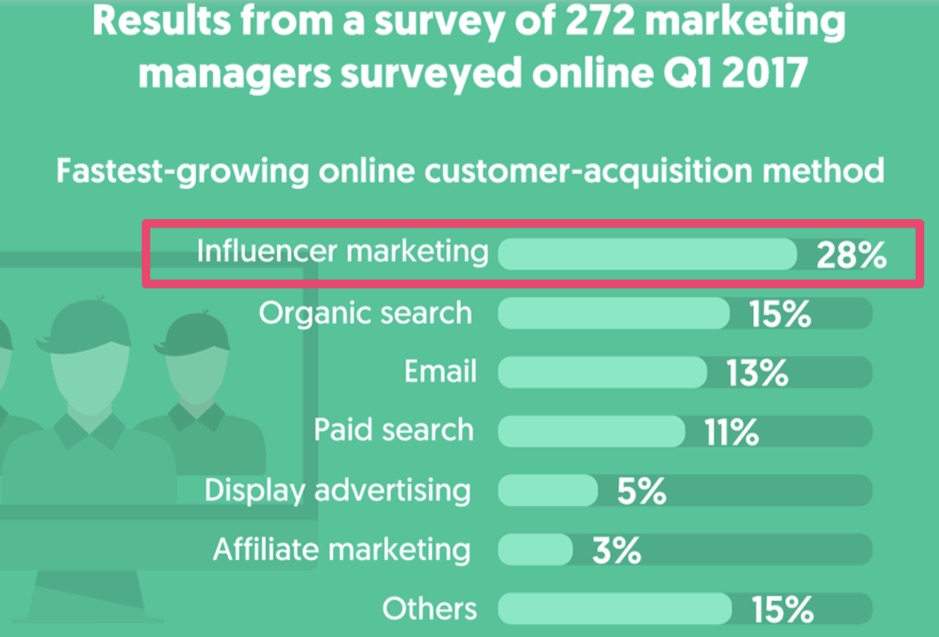
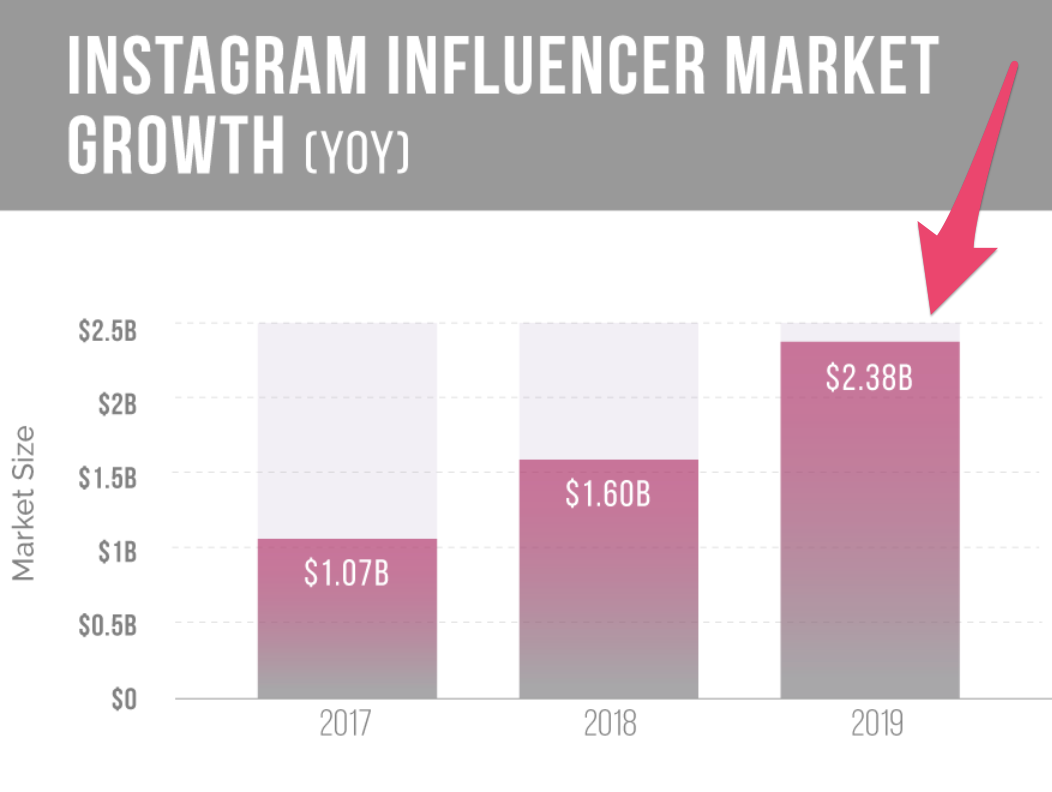
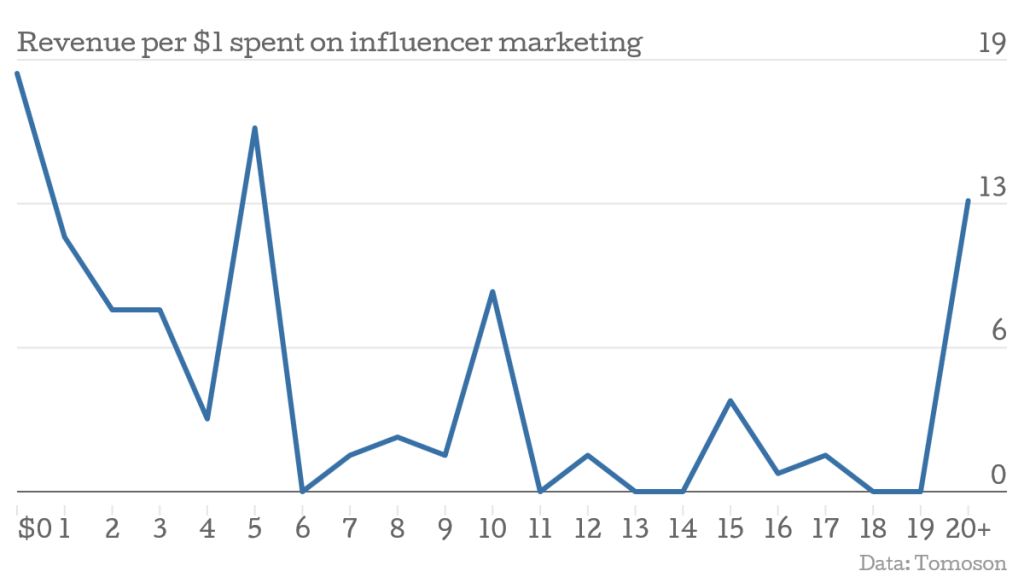
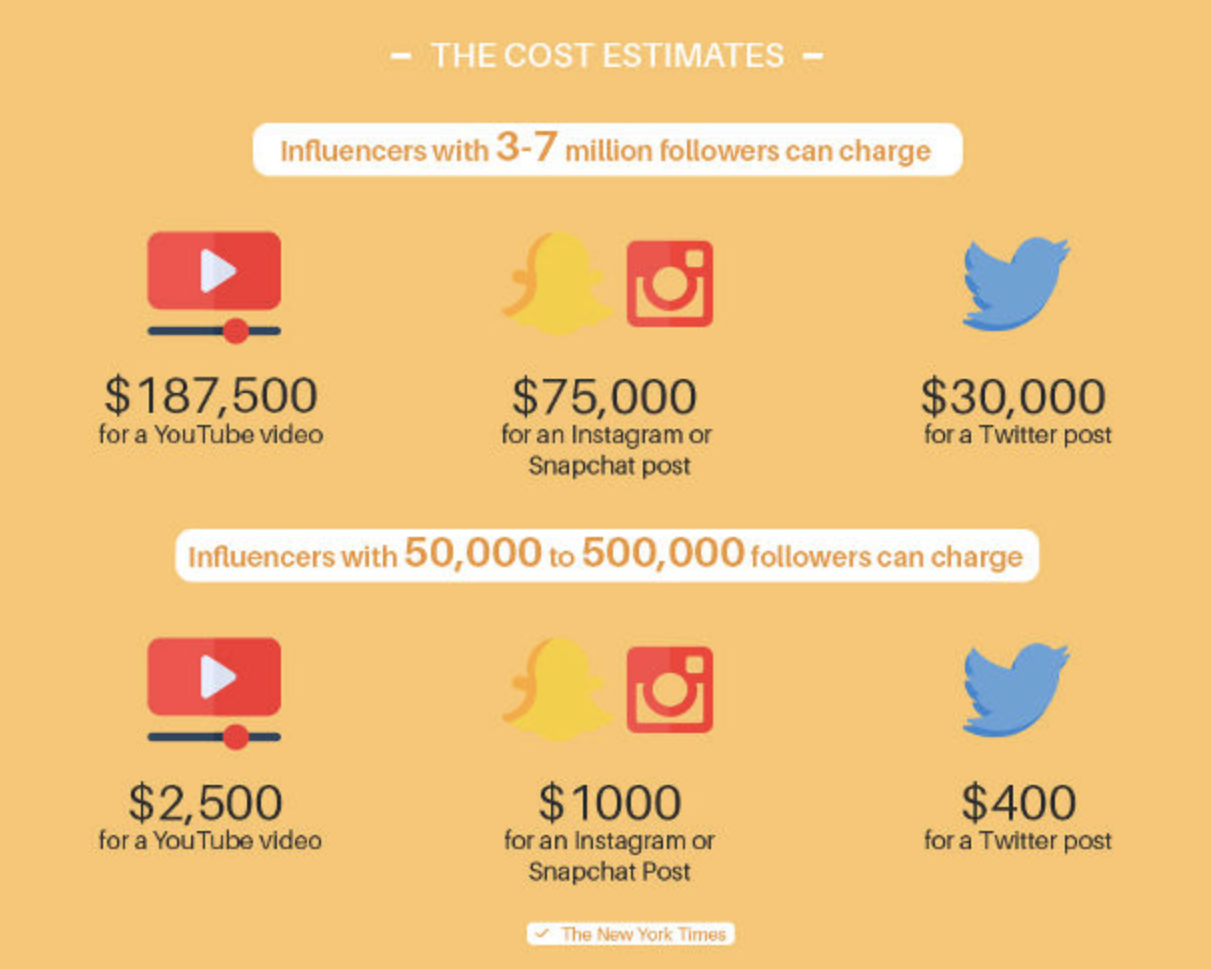
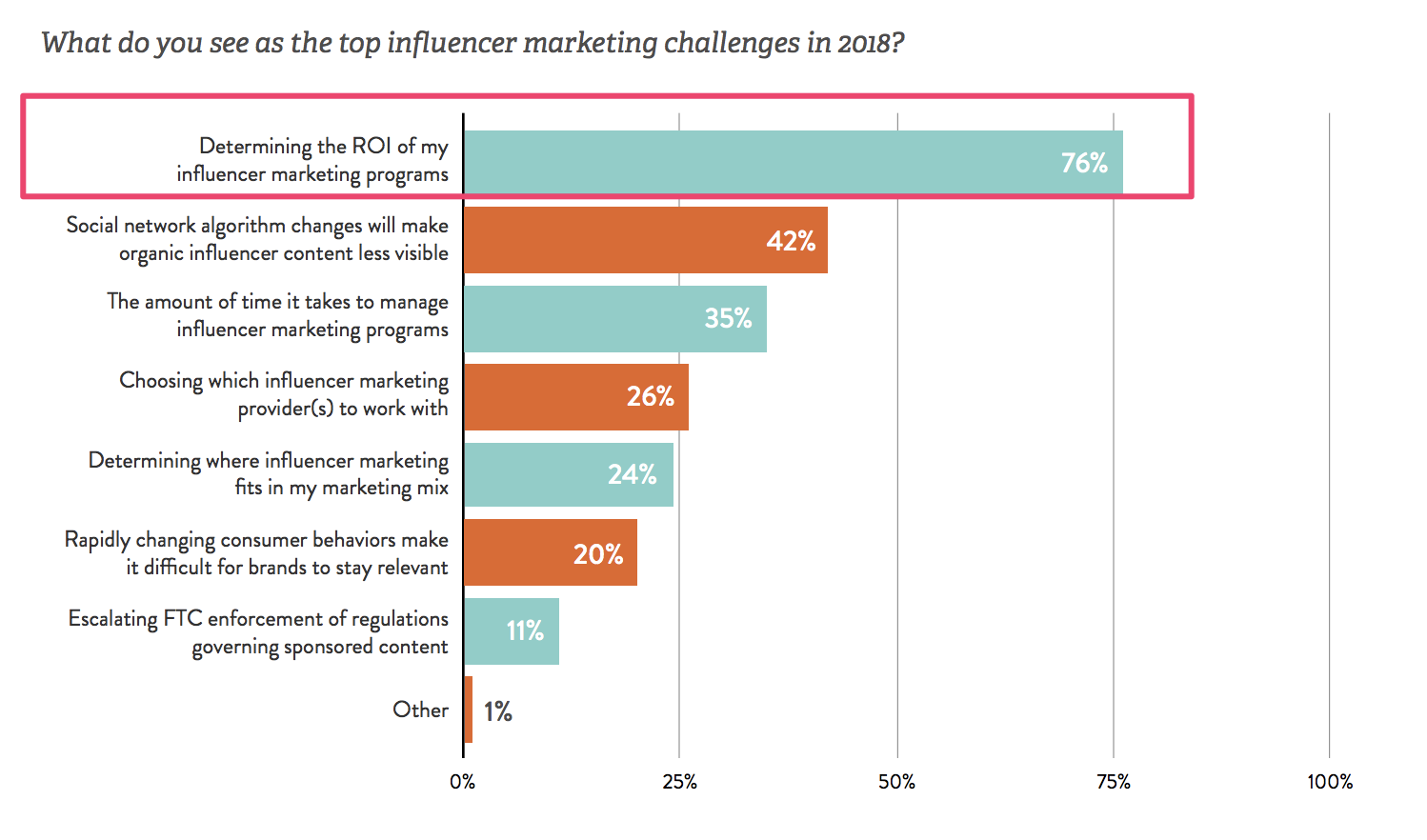

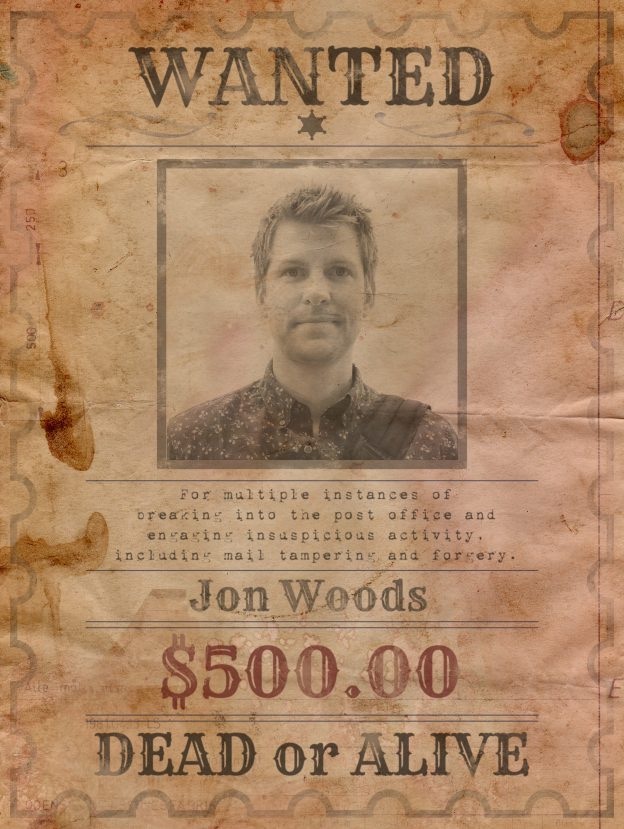
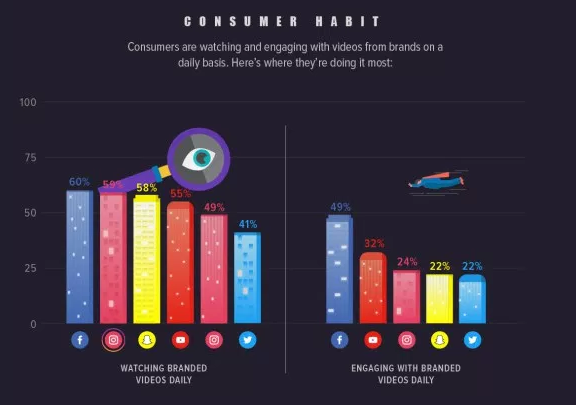
No comments:
Post a Comment